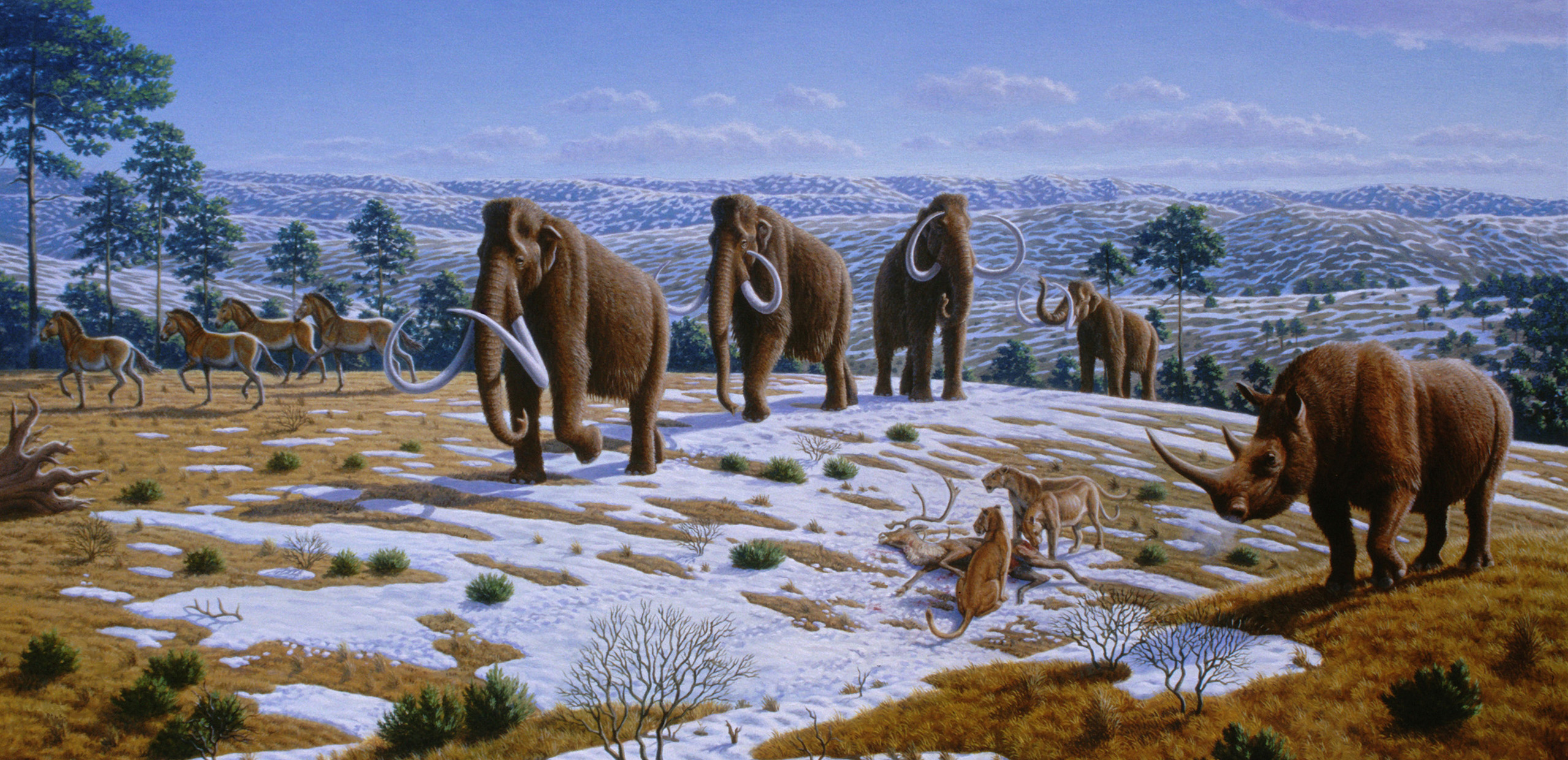Hundreds of thousands poured into theatres this weekend to experience Jurassic World. While movie-goers are excited, not everyone is thrilled about the film. Some palaeontologists are preparing themselves for all of the stupid questions they will have to answer about dinosaur cloning. So, do we need to worry about a Jurassic Park disaster?
https://youtu.be/duTJP-ePewU
There you have it. Based on what we currently understand about cloning, we don’t have any way to regenerate a dinosaur. We’re just going to have to rely on time travel. Of course, there are other historic creatures that are within the reasonable DNA half-life, including Neanderthal Man. In this interview with Spiegel from several years ago, scientist, George Church, discusses the plausibility of cloning a Neanderthal Man and other topics that may shock or delight you. Church denied that he was seeking an “Adventurous Woman,” as some reported, to be a surrogate for a baby Neanderthal. We don’t know if he didn’t get a volunteer or if there were too many. (Can you just imagine the email?)

Are these places where science dare not go? If someone discovers a way around the half-life issue or wants to explore brining back a woolly mammoth or Neanderthal should we be worried or buy tickets? As host to the one and only Iceman, we would love to have a pet dinosaur. I guess we’ll have to be content to enjoy our lucky lizard, Alvin, on display in the museum.



